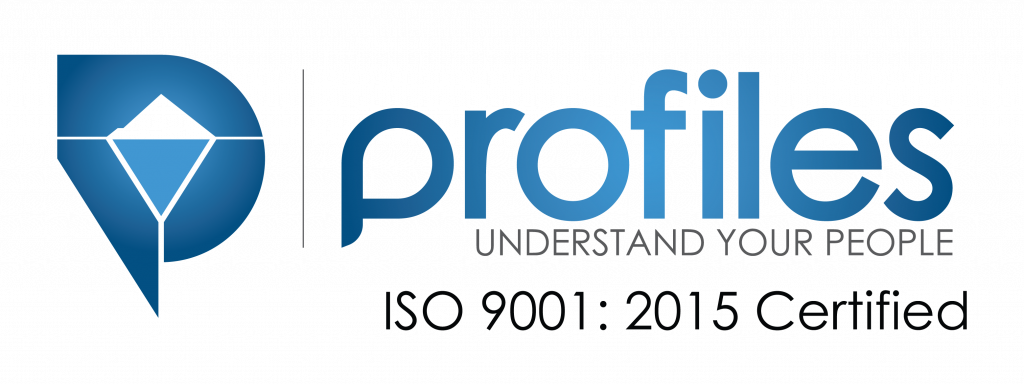Starting a new initiative in HR can dramatically change the face of an organization, either through improving hiring, streamlining payrolling, or making data more accessible and available.
No matter what your initiative is, you likely need corporate buy-in, both from financial decision-makers and from the leaders who must serve as examples and first adopters of any initiative you push to the organization.
Have a Plan
The first step of garnering corporate buy-in for any initiative is to quite simply define what you need and why. Management, top-level executives, and most corporate leadership will focus on hard costs and changes first.
For example, does your initiative include new technologies? Training? Tools? What do each of these items cost? What kind of changes will they create in the organization? Will more training be necessary to implement changes? What will new things be replaced? Why is it necessary? What will it take to actually make the changes?
- What points do you want to highlight? What needs to change?
- Why does it need to change? Look for bottlenecks, productivity issues, production delays, turnover, etc.
- What will you change it to? Be specific with tools, services, solutions, or processes
- What will it cost in the short term? What will it cost in the long term?
- Will it pay off?
If you can outline your proposed changes in a simple one-page pitch and present it during a stakeholder meeting, you’ll be able to answer a lot of questions and ensure that many people are ready to consider your offer upfront.
Demonstrate ROI Data
It’s not enough to tell corporate that a change will have an impact, you have to estimate how much. This might mean estimating the cost of specific problems you want to solve, estimating the cost of a total solution, and reviewing what you will likely save if that solution is removed.
- How do problems you are fixing actually impact the bottom line?
- What does that cost in terms of work hours? Production? Productivity? Dollars?
- What total costs (training, implementation, retraining, lost productivity, cost of service/tool) will your solution incur?
- What is the best-case/worst-case scenario return on investment?
Corporate buy-in is often driven by numbers. “What does this do for us?” “What can we save”, “How does this improve the organization”.
Most HR initiatives directly tie into a return, even if those initiatives are about improving employee happiness. But, it’s not enough to say, “This will make employees happy”.
Instead, you would want to say something like, “A 15% increase in job satisfaction has historically resulted in a 9% decrease in turnover, saving the organization some $3,855 per retained employee, or an estimated $23,130 in recruitment costs per year. Our solution will achieve that 15% increase in job satisfaction based on X data, with an estimated return on value of 27%.”
While you do have to collect the data that allows you to create these kinds of numbers, chances are, you already do.
Align Initiatives to Corporate Goals
Corporate cares about corporate goals and they should. Pitching to corporate is often about aligning your goals with theirs, so that they think your ideas are theirs.
Quite often, you’ll find that organizational goals already align fairly well with HR, you just have to make the connection apparent. Organizational goals typically include concerns surrounding productivity, agility, profit margins, total costs, growth (general or into a specific department/area/industry), and so on.
Prepare for Questions
No matter how good your pitch, you will have to answer questions. You should be prepared and you should have additional data ready to back up claims, add to what you’ve shared, and show that you’ve validated your assumptions.
If you’ve outlined your initiative well enough, these will be kept to a minimum, but expect to be asked about total costs, risks, resources, accountability, impact of implementation/lack of implementation, bottom line, and, of course, talent retention. Good luck taking your initiative to corporate.




